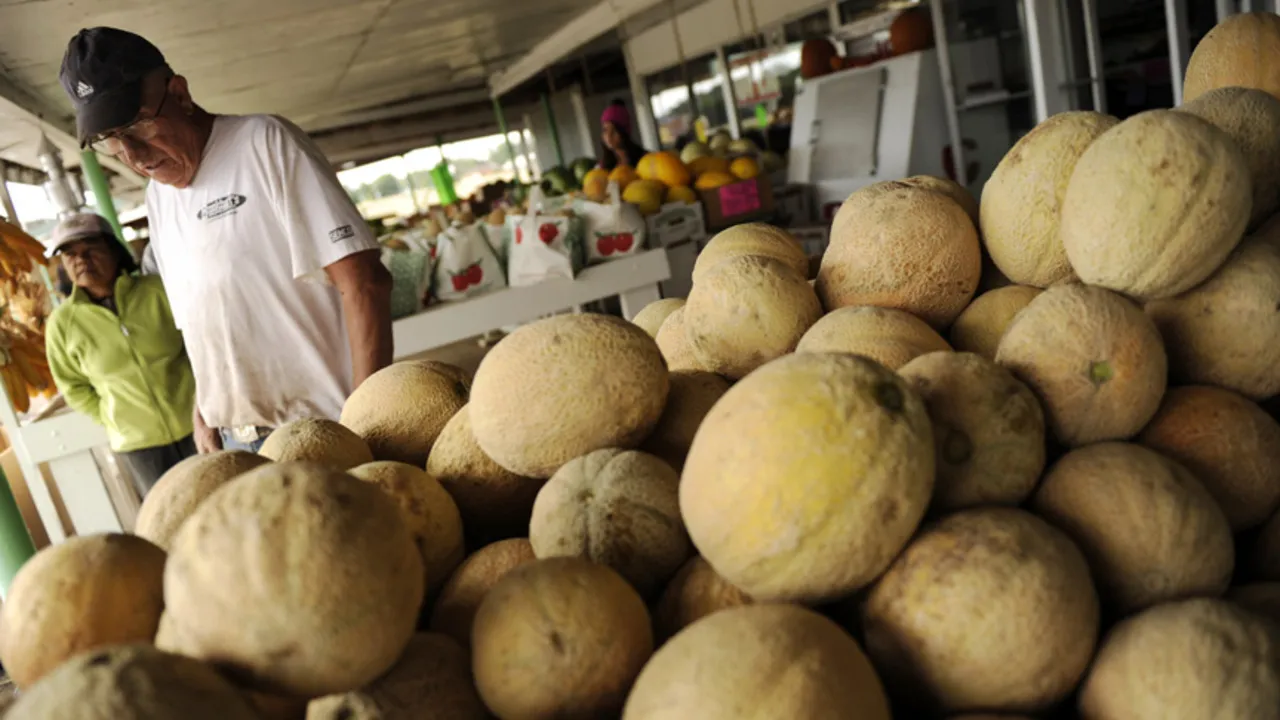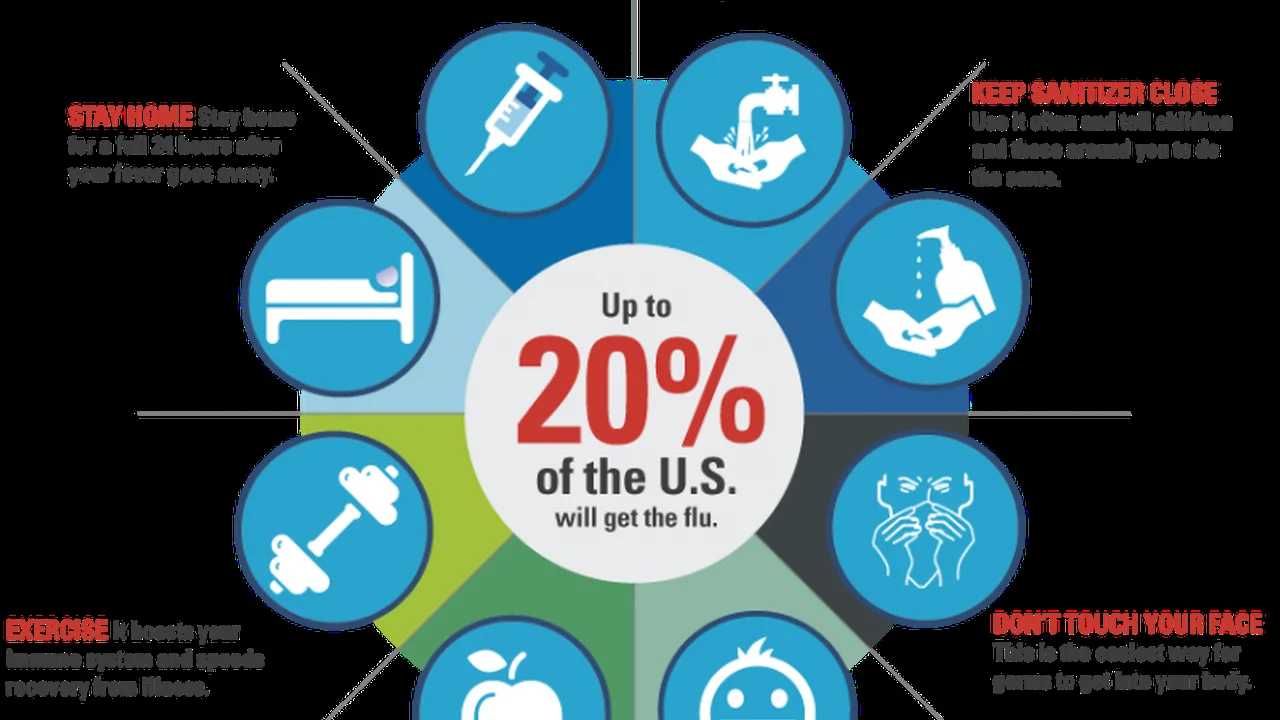The Best Ways to Prevent Foodborne Illness
Sample meta description.

Understanding Foodborne Illness and Its Impact
Okay, let's talk about food poisoning, or as the fancy folks call it, foodborne illness. It's not just a tummy ache; it can really knock you off your feet. We're talking nausea, vomiting, diarrhea, and sometimes even more serious stuff. It happens when you eat food that's contaminated with bacteria, viruses, or parasites. Yuck! Globally, millions of people get sick from contaminated food every year, leading to hospitalizations and, sadly, even deaths. Understanding the risks and taking preventive measures is super important for protecting yourself and your family.
Key Food Safety Practices at Home
So, how do you keep the bad guys out of your food? Here are some simple, yet effective practices you can follow at home:
Cleanliness is King: Washing Hands and Surfaces
Seriously, wash your hands! Before you even *think* about touching food, scrub your hands with soap and water for at least 20 seconds. That's about the time it takes to sing "Happy Birthday" twice. And don't forget to clean your countertops, cutting boards, and utensils regularly, especially after they've been in contact with raw meat, poultry, or seafood. A solution of bleach and water (about 1 tablespoon of bleach per gallon of water) is great for sanitizing surfaces.
Separate Raw and Cooked Foods to Avoid Cross-Contamination
This is a big one. Keep raw meat, poultry, seafood, and eggs separate from other foods in your refrigerator and while you're preparing them. Use separate cutting boards and utensils for raw and cooked foods. Never place cooked food on a plate that previously held raw meat without washing it thoroughly first. Think of it like keeping your clean laundry away from your muddy shoes!
Cooking Food to Safe Temperatures
Temperature matters! Use a food thermometer to make sure you're cooking food to a safe internal temperature. Here's a quick guide:
- Poultry: 165°F (74°C)
- Ground meat: 160°F (71°C)
- Steaks, roasts, and seafood: 145°F (63°C) (let it rest for 3 minutes after cooking)
- Eggs: Cook until both the yolk and white are firm
Don't just guess; get a thermometer! A good digital thermometer is a must-have in any kitchen.
Refrigerating and Freezing Food Properly for Foodborne Illness Prevention
Bacteria love warm temperatures. Refrigerate perishable foods within two hours of cooking or buying them. If the temperature is above 90°F (32°C), refrigerate within one hour. Store leftovers in shallow containers to cool them quickly. And when in doubt, throw it out! Don't risk eating something that's been sitting out too long.
Safe Food Handling Practices When Eating Out
Eating out is fun, but you still need to be careful. Here's how to minimize your risk of foodborne illness at restaurants:
Choosing Reputable Establishments for Food Safety
Look for restaurants that are clean and well-maintained. Check online reviews to see what other people are saying about their experiences. A restaurant with consistently poor reviews for cleanliness or food quality is a red flag.
Ordering Food Cooked to Safe Temperatures
Don't be afraid to ask your server how your food is prepared. Make sure meat is cooked to the proper internal temperature. If you're ordering something rare, understand the risks involved. Also, be cautious about ordering raw or undercooked seafood, especially if you're pregnant or have a weakened immune system.
Being Aware of Potential Cross-Contamination at Restaurants
Pay attention to how your food is handled. Are servers using clean utensils? Are they handling raw and cooked foods separately? If you see something that concerns you, don't hesitate to speak up. A good restaurant will be happy to address your concerns.
Specific Product Recommendations for Food Safety
Okay, let's talk about some specific products that can help you stay safe from foodborne illness:
Digital Food Thermometers: Ensuring Accurate Cooking Temperatures
Thermapen Mk4: This is the gold standard for food thermometers. It's super accurate, fast, and easy to use. It's a bit pricey (around $99), but it's worth the investment if you're serious about food safety. Perfect for grilling, roasting, and baking.
ThermoPro TP19H Digital Meat Thermometer: A more affordable option (around $25) that still provides accurate temperature readings. It's waterproof and has a backlight, making it easy to use in any kitchen. Great for everyday cooking.
Comparison: The Thermapen Mk4 is faster and more accurate than the ThermoPro TP19H, but the TP19H is a great value for the price. If you cook a lot of meat, the Thermapen is worth the upgrade. If you're just looking for a reliable thermometer for occasional use, the TP19H is a good choice.
Sanitizing Sprays and Wipes: Keeping Surfaces Clean
Lysol Disinfectant Spray: Kills 99.9% of bacteria and viruses on hard, non-porous surfaces. Use it to sanitize countertops, cutting boards, and sinks. Around $5 per can.
Clorox Disinfecting Wipes: Convenient for quick cleanups. Use them to wipe down surfaces after handling raw meat or poultry. Around $4 per container.
Comparison: Lysol spray is more effective at disinfecting large areas, while Clorox wipes are better for quick spot cleaning. Both are essential for keeping your kitchen clean and safe.
Cutting Boards: Choosing the Right Materials for Food Safety
Epicurean Gourmet Series Cutting Board: Made from a non-porous material that won't harbor bacteria. It's also dishwasher safe and heat resistant. Around $30.
OXO Good Grips Carving & Cutting Board: A durable and affordable option made from polypropylene. It has non-slip feet to keep it in place while you're cutting. Around $20.
Comparison: The Epicurean cutting board is more durable and easier to clean than the OXO board, but the OXO board is a good value for the price. Avoid wooden cutting boards, as they can harbor bacteria.
Specific Scenarios and Situations for Food Safety
Picnics and BBQs: Keeping Food Safe Outdoors
Scenario: You're having a BBQ in the park. The sun is blazing, and the temperature is above 90°F (32°C).
Food Safety Measures: Keep cold food cold (below 40°F or 4°C) by packing it in insulated coolers with plenty of ice or ice packs. Don't leave food sitting out for more than one hour. Use a food thermometer to make sure meat is cooked to the proper internal temperature. Bring hand sanitizer for cleaning your hands before eating.
Traveling and Camping: Ensuring Food Safety on the Go
Scenario: You're on a camping trip and have limited access to refrigeration.
Food Safety Measures: Pack non-perishable foods like canned goods, dried fruits, and nuts. If you're bringing perishable foods, keep them in a cooler with plenty of ice. Cook food thoroughly and eat it immediately. Avoid drinking water from streams or rivers unless it's been properly treated.
Potlucks and Gatherings: Minimizing Risk at Shared Meals
Scenario: You're attending a potluck dinner.
Food Safety Measures: Bring food that is easy to transport and keep at a safe temperature. Use disposable containers and utensils. Label your dish with its ingredients, especially if it contains common allergens. If you're unsure about the safety of a dish, don't eat it.
Addressing Common Myths About Foodborne Illness
Myth 1: The "Five-Second Rule"
Reality: Bacteria can transfer to food instantly, so the "five-second rule" is a myth. If food falls on the floor, it's best to throw it away.
Myth 2: You Can Tell if Food is Safe by Smelling It
Reality: Some bacteria don't produce a noticeable odor, so you can't rely on smell to determine if food is safe to eat. When in doubt, throw it out.
Myth 3: Freezing Food Kills Bacteria
Reality: Freezing food slows down the growth of bacteria, but it doesn't kill them. When you thaw food, the bacteria can start to multiply again.
Resources and Further Information on Food Safety
For more information on food safety, check out these resources:
- The U.S. Food and Drug Administration (FDA): https://www.fda.gov/
- The Centers for Disease Control and Prevention (CDC): https://www.cdc.gov/
- FoodSafety.gov: https://www.foodsafety.gov/
:max_bytes(150000):strip_icc()/277019-baked-pork-chops-with-cream-of-mushroom-soup-DDMFS-beauty-4x3-BG-7505-5762b731cf30447d9cbbbbbf387beafa.jpg)






